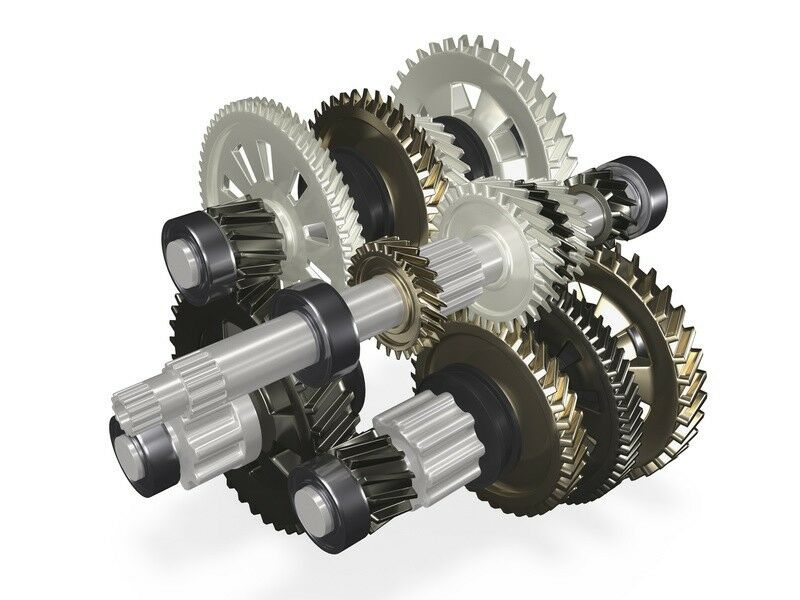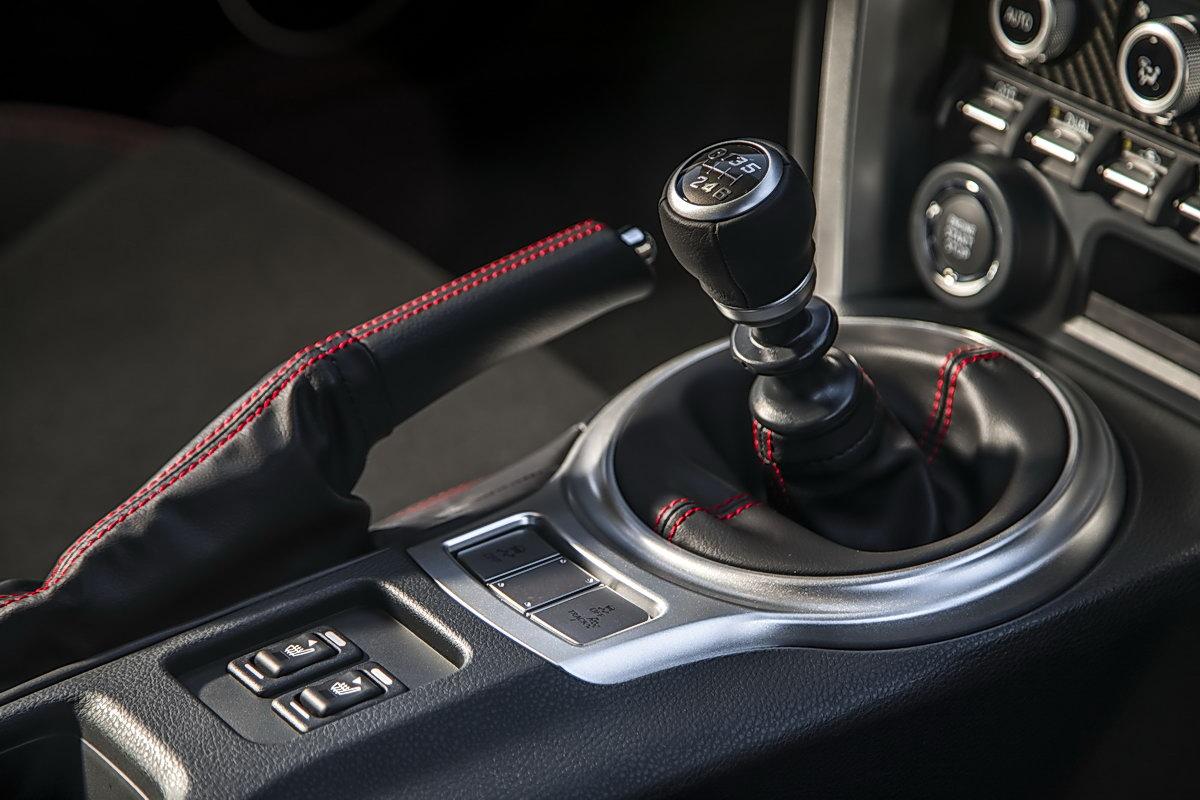Contents
– What Is a Gearbox?
– What Is the Role of the Gearbox?
– Characteristics of the Different Types of Gearboxes
– How Do the Gearboxes Work?
Automobiles are equipped with gearboxes to make the most of torque efficiency and engine power in different driving conditions and road configurations. For more than a hundred years, different types of gearboxes have been designed, from the classic mechanical gearbox to automatic or robotized gearboxes.
What Is a Gearbox?
A gearbox is a mechanical or hydraulic system that allows a vehicle to move forward or backward by transmitting power and engine torque to the wheels via a shaft and/or transmission half-shaft. The gear ratios of the transmission all have a different gear ratio so that the transmission can rotate faster, slower, or at the same speed as the engine.
What Is the Role of the Gearbox?
The gearbox transmits the torque and power of the engine to the driving wheels. Each gear is adapted to the driving conditions. Depending on the type of gearbox, the first two, three, four and five gears of the gearbox allow the wheels to turn faster than the engine in order to start the car and increase its speed.
A “direct drive” gear allows the engine and the wheels to turn at the same speed. While the use of direct drive is common, it is not mandatory, especially on cars with low-power engines where the last gear or gears are overdriven.
Regardless of the type of gearbox, the last gears are usually overdriven, i.e. they allow the driving wheels to turn faster than the engine. This has the effect of requiring less effort from the engine for the same vehicle speed by reducing the engine speed. This reduces engine wear and fuel consumption.
Characteristics of the Different Types of Gearboxes
Since the early days of the automobile, different gearbox systems have been designed and used. We will only mention here those currently used in cars, namely:
– Mechanical gearboxes;
– Automatic gearboxes;
– Robotic gearboxes.
The Mechanical Gearbox

The mechanical gearbox consists of a primary shaft, a secondary shaft and a third shaft. Gears, sprockets and synchronizers make up the components of the various gears. The forks are connected to the shift lever. The sprockets in the forward gears are helical, quieter than the spur gears in reverse gear.
The Automatic Gearbox
Automatic gearboxes consist of cascading planetary gear trains linked together by clutches and brakes to provide different gear ratios. The conventional clutch in mechanical gearboxes is replaced by a hydraulic torque converter. The converter has a high-pressure hydraulic pump in the form of a first turbine; a second turbine is connected to the gearbox shaft; a stator manages the oil flows. Some current automatic gearboxes use a dual-clutch that replaces the torque converter.
The Robotized Gearbox
This type of gearbox is a compromise between mechanical and automatic gearboxes. It allows you to benefit from the advantages of full automatic and manual mode via a gearshift lever and paddles installed on the steering wheel.
The robotized gearbox is effective for small cars with low-power engines. While the first systems marketed at the end of the 1990s were rather slow to operate, they were perfected during the 2000s, notably with the appearance of the dual-clutch and faster electronic gear change management. Robotic gearboxes are now fitted to powerful cars.
How Do Gearboxes Work?
Mechanical Gearboxes
The drive shaft transmits the movement of the engine crankshaft through the clutch. On the secondary shaft are the gears, sprockets and synchros of the various gears. It transmits the movement to the wheels. The movement can also be transmitted via a third gear shaft for the direct drive gear. It then connects the two previous shafts so that the engine and wheels rotate at the same speed. These parts are activated by forks connected to the gearshift lever.
Advantages:
– Fuel consumption is slightly lower than that of vehicles equipped with an automatic transmission under certain driving conditions;
– The sportiness of the vehicle.
Disadvantages:
– Repairs require specific know-how and are expensive;
– The clutch system, which is highly stressed, wears out and needs to be replaced regularly;
– Driving is tiring in the city, causing stress and an accelerated heart rate;
– Gear changes are slower than with a modern automatic or robotic dual-clutch transmission. This post will now continue in part 2. Did you like the answers in this post? Remember to write down your views or even share your experience in the comment section below. We would be delighted to hear from you! If you wish to read something of particular interest, do let us know. To read more in the second part of this post, click here.


1 comment
[…] How Do Gearboxes Work? (Part 1) […]